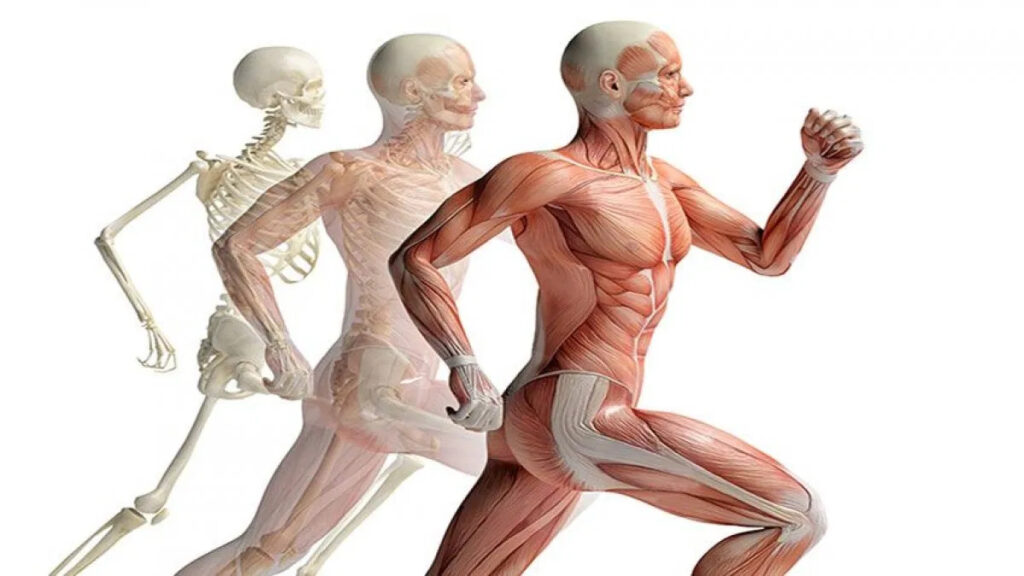Discover the Journey of Kinesiology
Have you ever wondered how a practice that blends ancient energy principles with modern science became a trusted method for holistic health? Kinesiology offers a unique approach, one that combines physical, emotional, and energetic healing for total well-being. For those seeking natural solutions to life’s challenges, understanding its history and evolution can deepen your appreciation of this powerful discipline.
At Ease of Life Kinesiology, we believe that knowing the science behind kinesiology isn’t just fascinating; it empowers you to make informed decisions for your health. In this blog, we’ll explore the origins of kinesiology, the advancements shaping its progress, and its role in contemporary health and beyond.
What Is Kinesiology and Why Is It Relevant?
Kinesiology, at its core, is the study of body movement and energy flow. This holistic practice combines muscle testing and energy-balancing techniques to identify and address imbalances in the body. Whether you’re dealing with chronic stress, physical pain, or emotional struggles, kinesiology offers a non-invasive, individualised path to wellness.
Its relevance stems from its ability to address the root cause of imbalances, rather than simply managing symptoms. For those looking to align physical health with emotional clarity, kinesiology bridges the gap between conventional and alternative health approaches. The science behind it ensures that it is not only effective but also backed by decades of refinement and application.
The Historical Origins of Kinesiology
Where It All Began
The roots of kinesiology are deeply intertwined with Traditional Chinese Medicine (TCM). Concepts like “Chi” (life energy) and the meridian system, which underpin TCM, form the foundation of kinesiology’s approach to energy flow. However, kinesiology also draws from Western anatomy and physiology, making it a truly integrated practice.
Modern kinesiology owes much to Dr. George Goodheart, an American chiropractor who founded “Applied Kinesiology” in the 1960s. Goodheart introduced the groundbreaking idea of muscle testing, which revealed how specific muscle responses could indicate imbalances in the body. His work set the stage for kinesiology as we know it today.
Key Figures and Landmark Studies
- George Goodheart’s Pioneering Research: Goodheart’s techniques focused on correcting muscle imbalances through manual manipulation and energy corrections. His findings have since been expanded upon by practitioners worldwide.
- Dr. John Thie’s Touch for Health: Thie introduced “Touch for Health,” a simplified version of Applied Kinesiology aimed at making the practice accessible to laypeople and wellness enthusiasts.
- Scientific Validation: Early studies on muscle testing confirmed its ability to identify weaknesses in the body’s systems, encouraging more research into its effectiveness.
These contributions laid the foundation for the discipline to become a respected tool in both holistic and conventional healthcare.
The Evolution of Kinesiology Over Time
From Niche Practice to Global Acceptance
What began as a niche practice has steadily gained global recognition, thanks to its ability to address modern health challenges. Over the years, kinesiology has moved out of chiropractic offices and into wellness centers, sports clinics, and even corporate spaces. Its versatility and effectiveness have made it a popular choice for individuals and practitioners alike.
Advancements in Technology
Technology has played a significant role in refining kinesiology:
- Biofeedback Machines help practitioners measure subtle energy changes in the body, providing deeper insights into imbalances.
- Digital Body Mapping Tools assist in pinpointing areas of tension or dysfunction with incredible precision.
- Online Training Platforms have expanded access to kinesiology education, enabling more practitioners to meet the growing demand for holistic health solutions.
These advancements, paired with modern research, ensure that kinesiology remains both relevant and innovative in today’s healthcare landscape.
Kinesiology’s Integration with Other Disciplines
Kinesiology is most powerful when combined with other wellness practices. It works seamlessly alongside various disciplines to provide comprehensive care, including:
- Physiotherapy: By addressing underlying muscle imbalances, kinesiology enhances recovery and reduces re-injury risks for athletes and patients.
- Acupuncture: The common focus on energy pathways makes kinesiology and acupuncture highly complementary practices.
- Psychology: Kinesiology supports emotional well-being by addressing stress patterns that manifest physically, bolstering therapies like cognitive behavioral therapy (CBT).
- Nutrition: Practitioners often integrate nutritional advice, ensuring clients’ diets align with their body’s energetic needs.
These multidisciplinary applications make kinesiology a bridge between holistic and conventional healthcare, benefitting a wide range of individuals.
Kinesiology’s Impact on Modern Practices
Personalised Healing Approaches
Unlike one-size-fits-all treatments, kinesiology offers highly personalised care. By focusing on unique energetic imbalances, it provides tailored solutions that resonate on a deeper level. For example, a client struggling with chronic fatigue may uncover that emotional stress, rather than physical overexertion, is the primary cause of their condition. Such insights pave the way for real, lasting improvements.
Real-World Applications
- Workplace Wellness Programs: Businesses are incorporating kinesiology into employee wellness initiatives, helping teams manage stress and improve productivity.
- Educational Settings: Some schools use kinesiology-based techniques to enhance focus and learning outcomes for students.
- Everyday Well-Being: From reducing headaches to releasing pent-up emotional energy, kinesiology’s practical benefits resonate in day-to-day living.
The Future of Kinesiology
Ongoing Research and Development
Researchers are continuing to explore kinesiology’s potential, particularly in areas like mental health and trauma recovery. Studies are investigating how kinesiology might relieve anxiety disorders or improve resilience in highly stressful environments.
Technological Innovations
The rise of artificial intelligence (AI) is likely to revolutionise kinesiology. AI could enhance diagnostic precision, analyse session feedback more effectively, and customise care plans like never before.
Holistic Health on the Rise
With growing global interest in holistic healthcare, kinesiology is poised to play an even larger role in the wellness industry. Trusted practitioners like Ease of Life Kinesiology are paving the way, combining expertise with genuine care to bring the benefits of kinesiology to new audiences.
Take the Next Step
Understanding the science behind kinesiology is just the first step toward experiencing its benefits. Whether you’re seeking to manage stress, heal from physical discomfort, or transform your emotional well-being, kinesiology offers a powerful path to a balanced life.
At Ease of Life Kinesiology in Kureelpa, we’re dedicated to helping you unlock your body’s potential for health and happiness. Are you ready to experience the evolution of wellness firsthand?
Book a session today or visit our workshops to explore how kinesiology can make a difference in your life. Together, we’ll help you achieve harmony, inside and out.


